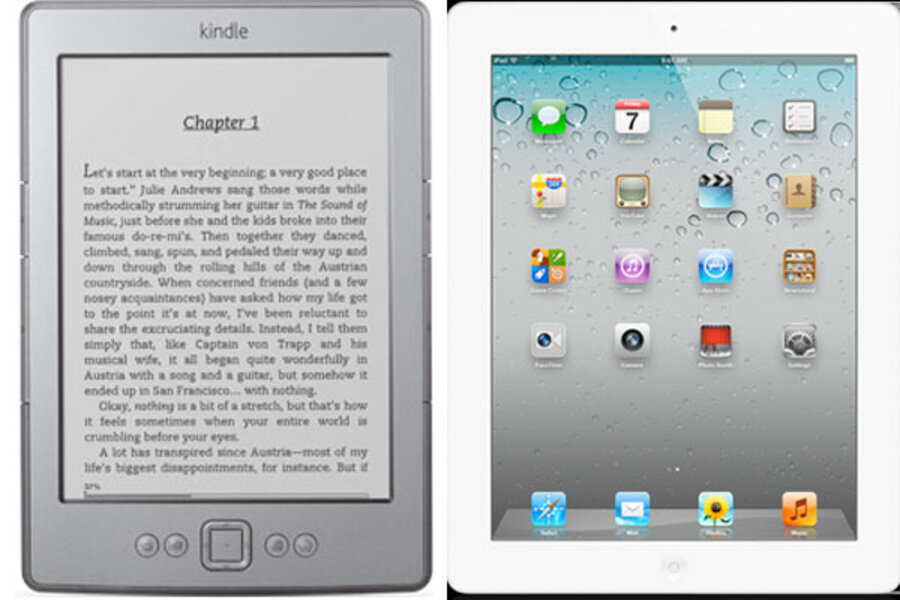E-book readers are buying plenty – but not in bookstores
Loading...
We’ve known it all along: E-book readers are buying and reading more, according to a study by the Book Industry Study Group.
What’s interesting, though, is where they’re buying and what they’re reading. According to the BISG’s Consumer Attitudes Toward E-book Reading survey, e-book consumers are buying more books – both print and electronic – but they’re buying mostly online and via in-app purchasing. Where they’re not buying, according to the survey, is brick-and-mortar stores. More than half of e-book readers increased their use of apps to purchase books and more than one-third increased their use of general retail websites such as Amazon.com, according to a BISG statement. Sadly, that seems to come at the expense of chain and indie bookstores. According to the survey, more than a third of e-book buyers decreased their spending at national chains and 29 percent reported buying less from their local indie.
"The e-book market is developing very quickly, with consumer attitudes and behavior changing over the course of months, rather than years,” said Angela Bole, BISG's Deputy Executive Director, in a statement. “One of the strengths of this study is its ability to monitor 'Power Buyers.' They are predictors of where the market is moving, providing us with an ideal opportunity to look at what's coming next.”
Since e-readers are still a relatively new force in the publishing industry, understanding the trends surrounding e-reading – which devices readers prefer, how they’re purchasing and how much, what they’re reading – helps publishers, marketers, and retailers understand the new market and its potential.
Another trend: While dedicated e-readers remain the dominant e-reading platform, multi-function tablet devices like Apple’s iPad, and smartphones are gaining in popularity. (Almost 17 percent of respondents said they used tablets to read e-books, up 13 percent from a previous survey.)
Perhaps, most interesting, however, is just what e-reader readers are reading. An O’Reilly Radar reporter posed that question to BISG deputy executive director Boyle. “It depends,” said Boyle, “to a degree on whether you’re a ‘tablet person’ or a ‘dedicated e-reader person.’” Readers of fiction, she went on, seem to prefer Kindle and Nook devices, while nonfiction readers like using tablet readers like the iPad.
“In these reports, the data have suggested that dedicated e-readers may be better optimized for narrative reading, while the richer media capabilities of tablets may be more appropriate for nonfiction, education, and scientific and professional titles,” said Boyle. “The greatest interest today seems to lie in narrative fiction and nonfiction, with interest in more interactive nonfiction and education taking longer to develop.”
For more interesting developments in the e-book industry, see the BISG’s survey here.
Husna Haq is a Monitor correspondent.





